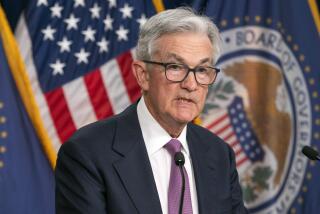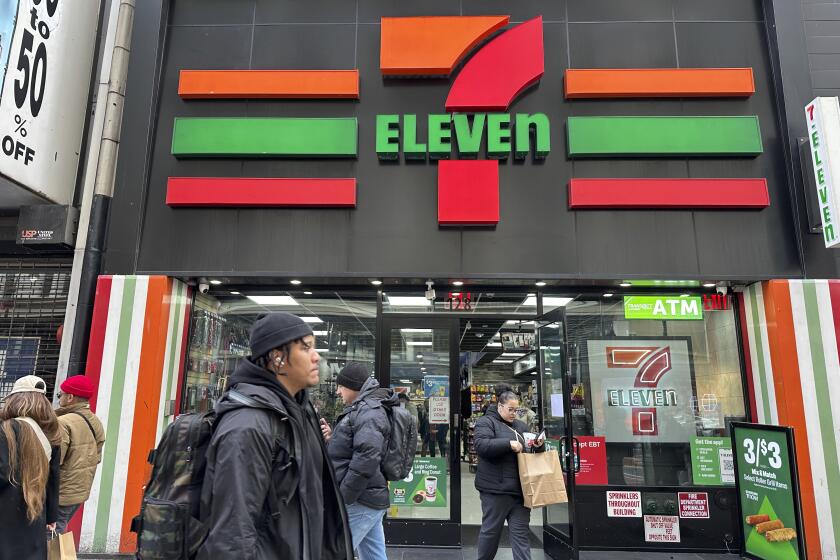Fed stays course on policy but acknowledges rising inflation

Despite the economic rebound and sharp drop in the unemployment rate recently, Federal Reserve officials still see considerable weakness in the labor market and remain very cautious about moving away from their easy-money policy.
The Fed, in a statement after its two-day meeting Wednesday, said it would continue to trim the size of its bond-buying stimulus. But the central bank left its key short-term interest rate near zero and gave no indication that it was about to change course any time soon.
The Fed doesn’t want to spook investors; markets aren’t expecting a first rate increase until well into next year. But with the economy having snapped back from the winter doldrums, which was affirmed in a government report Wednesday, and inflation moving higher toward the Fed’s 2% target, there were indications that policymakers may feel more pressure to tighten policy sooner.
Fed Chairwoman Janet L. Yellen saw her first public dissent from a fellow policymaker since taking the reins in February. The president of the Federal Reserve Bank of Philadelphia, Charles Plosser, voted against the statement issued Wednesday, objecting to the line that the Fed’s benchmark rate would remain unusually low for a “considerable time” after the bond purchases end, expected this fall.
The bond-purchase program, begun in 2012 with the central banking buying $85 billion of Treasury bonds and mortgage securities a month to push down long-term interest rates, was cut an additional $10 billion and will stand at $25 billion starting in August. Yellen has said the Fed intends to conclude the program in October.
Greg McBride, chief financial analyst at Bankrate Inc., said the single biggest change in the Fed’s policy statement was the acknowledgement on inflation. At one time, the Fed had expressed concern that inflation was running too low, but more recently consumer prices have edged higher. Wednesday’s economic report showed inflation of 1.6% in the second quarter from a year ago.
“It gives them cover in the event we see an increase in inflation in the months ahead that forces the Fed to accelerate rate hikes,” McBride said of the change in language on inflation.
He also said that he expected so-called inflation hawks, in and outside the Fed, to raise their voices in the months ahead.
The Fed statement, however, made clear that most policymakers were still tilting toward doing more to help workers than being worried about the Fed’s other mandate, to maintain price stability. In speeches and testimony, Yellen has emphasized that the job market is much weaker than the sharp drop in the unemployment rate might suggest, specifically citing the anemic wage gains and large numbers of long-term jobless and part-time workers who want full-time hours.
Her concerns were made explicit in the statement Wednesday: “Labor market conditions improved, with the unemployment rate declining further. However, a range of labor market indicators suggests that there remains significant underutilization of labor resources.”
Besides the job market, the Fed statement reiterated that housing activity was slow, even as consumer spending and business investment were increasing.
The Commerce Department on Wednesday said economic output grew at a 4% annual rate in the second quarter, bouncing back from a revised 2.1% shrinkage in the first quarter -- a drop attributed largely to the harsh winter weather. The stronger-than-expected growth in the last quarter came mostly from a pickup in consumer spending and a buildup of inventory by firms after the sluggish winter quarter.
Follow me on Twitter at @dleelatimes
More to Read
Inside the business of entertainment
The Wide Shot brings you news, analysis and insights on everything from streaming wars to production — and what it all means for the future.
You may occasionally receive promotional content from the Los Angeles Times.











